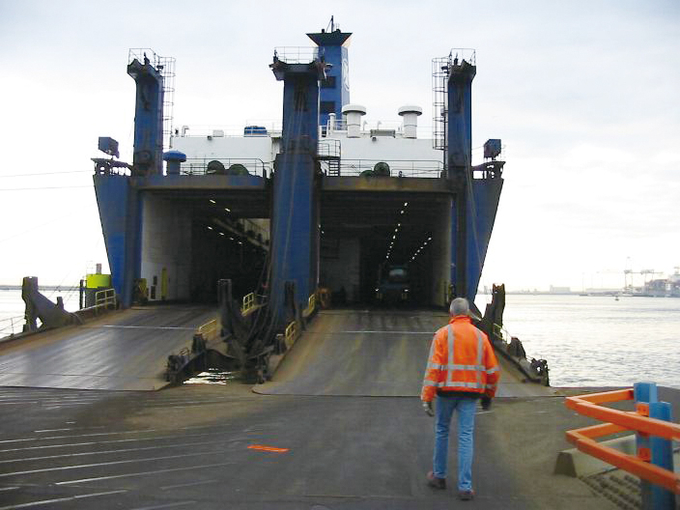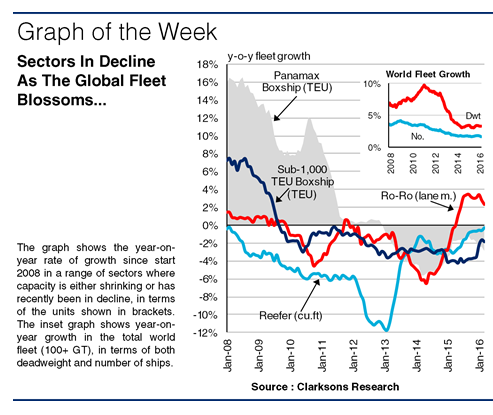
In many instances the shipping industry is all about growth, with trade volumes expanding along with the world economy and fleet capacity growing too. However, that’s not exclusively the case. Today, trade volumes in some commodities are stalling, and there are some parts of the fleet that are on the wane. What might a look at some of those shrinking sectors tell us?
There are a number of reasons that can drive fleets into decline. The first is technological substitution by another sector. The reefer fleet is a good example. Total reefer fleet capacity has been in decline since the mid-1990s as containerized transportation has encroached onto the territory once held by conventional reefers. In 2012 reefer capacity in cubic feet declined by 12%, and last year by 0.6%.
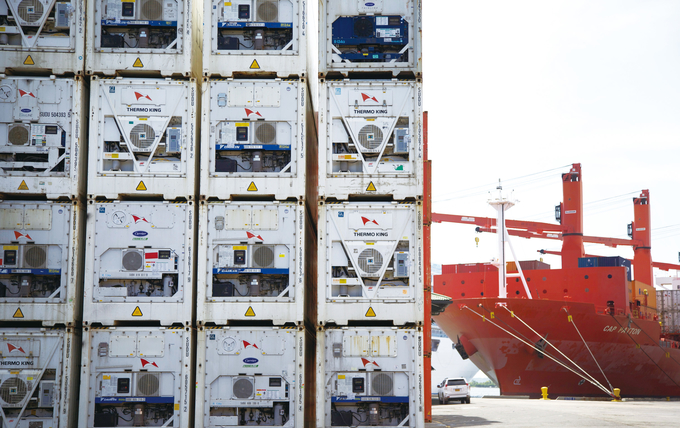
Upsizing is another driver that can cause capacity in certain sectors to decline. As larger vessels offer greater real (or perceived) economies of scale, smaller vessel sectors can get left behind. This has been most noticeable in the containership sector. The sub-1,000 TEU boxship sector, once home to the classic ‘feeders’, has been in decline in TEU capacity terms since 2009, with growth in the boxship sector as a whole focussed on much larger vessels.
Another driver of decline in a fleet segment can be a specific development in infrastructure. The Panamax containership fleet is an example of this. Although there are 838 Panamaxes still on the water, Panamax fleet capacity, which once accounted for more than 30% of the containership fleet, has been in decline since 2013, and there are no units on order. The planned expansion of the Panama Canal has made the Panamaxes yesterday’s vessels, and when the new locks eventually open (currently slated for later this year) the prospects for decline look even more certain. 11 Panamaxes have been sold for recycling already in 2016.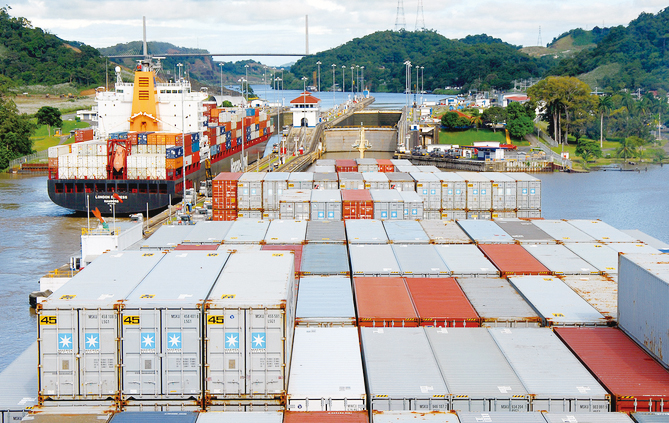
Market cycles can also explain shrinking fleets, although in this case the trends may not necessarily be lasting. In the Ro-Ro sector, with markets softer, total lane metre capacity was in decline for most of 2010-14. When markets are weak there is often limited vessel replacement with earnings insufficient to tempt owners at prevailing newbuild prices. Eventually the cycle turns, and earnings improve, incentivising owners to order new tonnage leading to fleet growth once again.
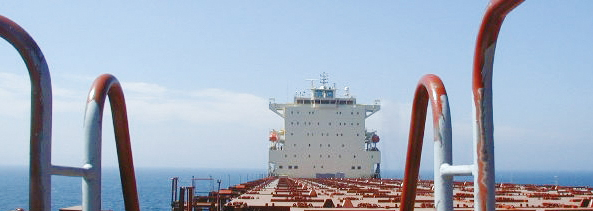
Happily, however, each of these drivers also explain fleet expansion, generally with other sectors benefiting from the same trends in technology, upsizing or infrastructure. World fleet growth has slowed but remains positive, although even here it’s worth noting the patterns; growth has been more focussed on tonnage than ship numbers. Nevertheless, the global fleet is a broad church, and not everything is growing all of the time. The interesting news, however, is that if there’s growth overall, and one part is in decline, then another part must be growing even more quickly! Have a nice day.
(Source: Clarksons)